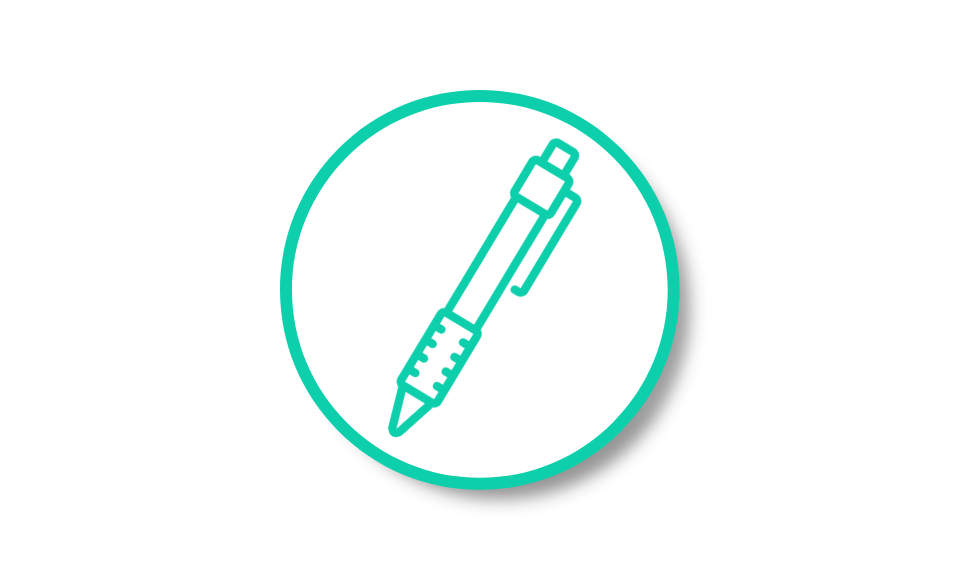
Cómo usar las comas en inglés
La manera más cómoda y sencilla de poner bien las comas en inglés, y en esto coincide con el resto de idiomas europeos, es leer lo que estamos escribiendo y poner una coma allí donde hacemos una pausa. Esta es una recomendación de Flaubert que nunca pasa de moda.
Sin embargo, hay ciertas reglas que debemos conocer y respetar si queremos hacer un writing de nivel C1 o C2. Y, en cualquier caso, colocar bien las comas en inglés siempre ayuda un poco a la nota del writing.
reglas para usar comas en inglés
El uso correcto de las comas en ambos idiomas es un poco distinto y, como regla general, en inglés se ponen muchas menos comas que en español. Así que, when in doubt 🤔, no la pongas.
1 Se ponen comas en una serie, sean palabras o frases.
| My house has one living-room, two bathrooms, three bedrooms and a penthouse. |
| I want to buy some groceries, get my hair cut, call my mother and walk the dog. |
Como puedes ver, no se pone coma delante del último elemento de la serie, que empieza por and. Sin embargo es posible ponerla, se llama the Oxford comma, e incluso es necesaria cuando su omisión puede crear confusión.
| We were having beer, salad, fish and chips and cake. |
| We were having beer, salad, fish and chips, and cake. |
Al poner la coma, se entiende perfectamente que fish and chips es un mismo plato.
2 Se pone coma entre dos adjetivos cuando su orden es intercambiable.
| She is a tall, beautiful woman |
| They bought an expensive German car |
Para saber si es intercambiable, basta poner and entre los adjetivos. Si no tiene sentido, no se pone coma.
| She is a tall and beautiful woman |
| She is a beautiful, tall woman |
3 Se pone coma delante de and, but, for, or, nor, so, yet solo cuando relacionan dos frases independientes.
Este caso es más difícil de identificar. Ante la duda, no pongas coma delante de estas palabras porque ya funcionan uniendo o separando frases.
| I am a teacher, but he is a musician |
| We bought a new car, and we went to Barcelona |
| I studied in Columbia, but it wasn’t as great as I had expected |
4 Se pone coma detrás de una palabra o frase introductoria.
| When I was young, I lived in Brazil |
| Yesterday, she climbed a mountain |
| Having thought of it, he decided no to do it |
| By the time she arrived, the meeting had already started |
5 Se pone coma detrás de ciertas palabras introductorias —well, yes, no, why, hello, hey…
| Why, I can’t believe she did that! |
| Yes, you can come along |
| Hey, did you find what you were looking for? |
| No, I didn’t |
6 En las relative clauses, se ponen comas para separar las partes no esenciales de las non-defining y las connective relatives clauses.
| My father, who is a doctor, works all day |
| He arrived late, knowing his mother would be angry |
| My friend, thinking about her child, moved to a village |
| The man who saw the accident is my father |
En esta última frase —who saw the accident— es esencial para que la frase tenga sentido y por tanto no se ponen comas.
7 Se ponen comas para separar expresiones que interrumpen el flujo de la oración —nevertheless, after all, on the other hand, by the way, however…
| She is, by the way, the richest person I know |
| However, she is not full of herself |
| On the other hand, sometimes she can come across as a bit too much |
| After all, she can’t help it |
Esto es lo que decía al principio, el consejo de Monsieur Flaubert —lee lo que hayas escrito y pon una coma si haces una pausa al decirlo.
8 Se ponen comas para separar los nombres o títulos de una persona que es directamente nombrada.
| Why did you do that, Bill? |
| Could you, Jennifer, start over? |
| Goodbye, sir |
9 Se ponen comas con el Reported Speech.
| He said, ” I am your father” |
| “Can you”, I asked, “mop the floor?” |
| “Come back”, she said |
10 Se ponen comas para separar i.e. & e.g.
Ambas son abreviaturas en latín, por lo que se consideran muy formales en inglés. El significado de i.e. es that it —es decir— mientras que e.g. es el sinónimo culto de for example, for instance…
| You will need many ingredients, e.g., eggs, flour, oil and butter |
| Your heart should always rule over your head, i.e., love is the most important of all |




Responses